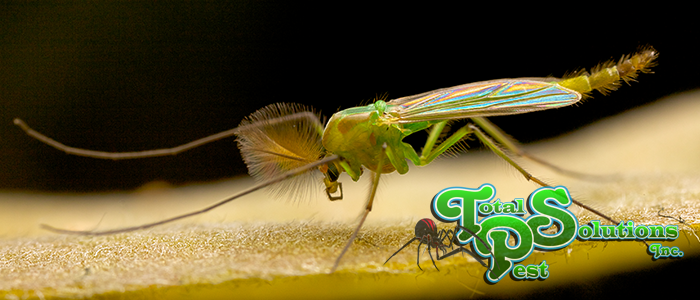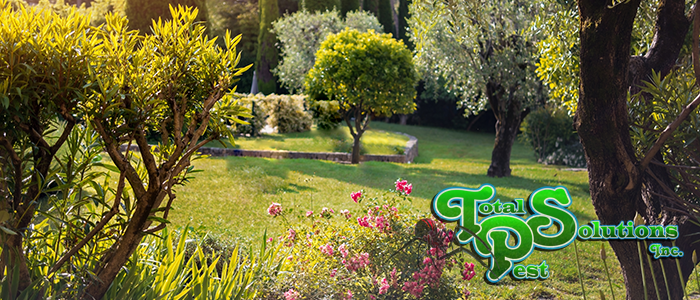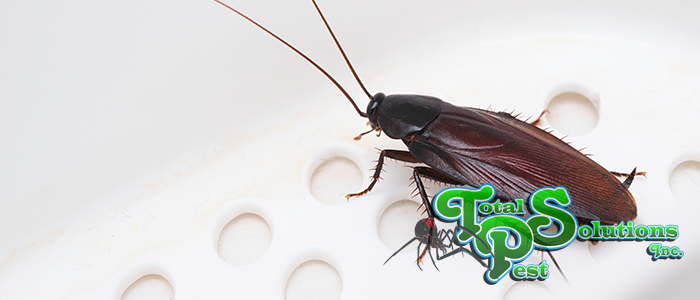
How to Differentiate Midges and Mosquitoes
Mosquitoes are a common pest to see particularly around warmer months, but what you may be seeing around your area could actually be the aquatic midge, not a mosquito. Aquatic midges are also known as “blind mosquitoes” and tend to be the most active between April and November when their populations are at their peak. Unlike mosquitoes, aquatic midges aren’t generally a danger to your health, but they can still be a nuisance.
What is a Midge and What’s the Difference?
A “midge” is defined by entomologists as most any type of two-winged, tiny fly that resembles a mosquito at first glance. Thankfully, midges don’t bite or feed on blood, and they don’t carry diseases unlike mosquitoes, so they’re harmless when it comes to your health and safety.
Both mosquitoes and midges have a tendency to be more active during the warmest months of the year and can be difficult to differentiate at a glance, but there are differences between them. So what are they?
The mosquito has a proboscis (or “long needle”) mouth part that allows it to bite and suck blood, while the midge does not. Midges also have wings that look like panes of glass rather than scaly wings like mosquitoes, but you would need a magnifying glass to catch this contrast.
Why Are You Seeing Midges?
The “aquatic” part of “aquatic midge” is a key factor in knowing why you’re seeing them around your home. These tiny pests are attracted to water and use it to breed, typically swarming in late afternoon or early evening near small natural lakes, streams, ponds, wastewater channels, canals, sewage oxidation, and settling ponds.
More and more homeowners are buying homes that are near rivers, lakes, and other water sources like the ones we listed above, and water quality is reducing, which the midges really love.
What’s the Problem?
Beyond annoyance, midges may seem like they’re harmless, but they do cause a small number of primarily aesthetic problems. High populations of midges can cause staining to stucco, painted walls, garage doors, curtains, and furnishings, and in addition their bodies can cause damage to paint, windshields, and headlights on vehicles.
Dealing with Midges
We don’t blame you for wanting to rid your home and yard of these annoying little bugs, so we have a few methods here that you can use to get rid of them and keep them away.
For keeping aquatic midges from ponds, you can treat standing water with an insect growth regulator that contains methoprene, or stock the water with catfish and other bottomfeeders who will eat the larvae. You can also plant aquatic plants that will remove excess nutrients from the water, giving the midges less to feed off of. Finally, reduce fertilizer usage around the pond or lake, and consider adding a pump to circulate the water.
If you want to keep the midges away–we don’t recommend using chemical control methods or bug zappers as they’re ineffective and kill the midge’s natural predators as well–you can take several steps to prevent them from gathering, like reducing unnecessary outdoor lighting, switching to motion-activated lights, and creating a “light trap” on a corner of your property to attract midges away from high-traffic areas. Or, contacting an expert pest control service to control it for you.
continue reading
Related Posts
The Importance of Scheduling Regular Lawn Care Services for a […]
The Ultimate Guide to Spotting and Eliminating Flea Infestations in […]
The Menace of Cockroach Infestations in Lake Alfred Homes Cockroach […]






